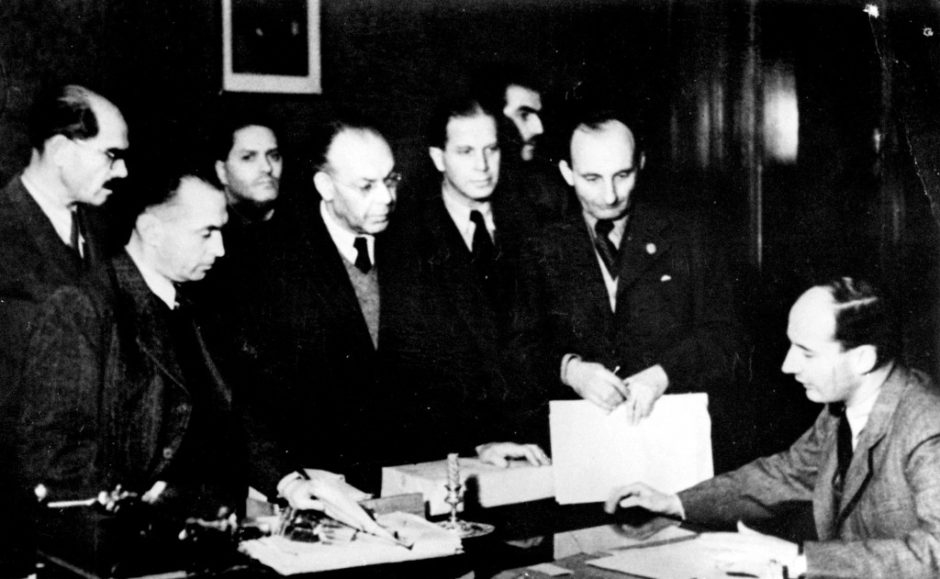Raoul Wallenberg, the Swede who saved tens of thousands of Hungarian Jews during the Holocaust, was officially declared dead by Sweden in 2016. But 72 years after he vanished into thin air, the circumstances of his disappearance and the precise date of his death are still a mystery, much to his family’s anguish and frustration.
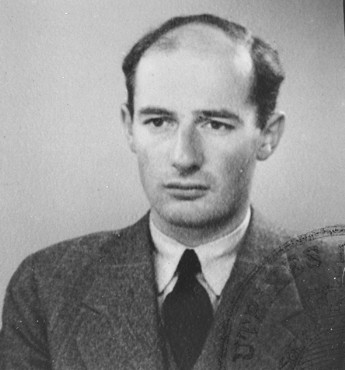
Wallenberg was last seen in January 1945, when, en route to the city of Debrecen, he and his driver were escorted out of Budapest by the Red Army. Falsely accused of being an American spy, Wallenberg was arrested and thrown into jail. The Soviet Union later claimed he died in captivity on July 17, 1947.
Two months ago, Wallenberg’s niece, Marie Dupuy, filed a lawsuit against the Federal Security Service — Russia’s premiere security agency — seeking access to documents, including prison records, that might shed light concerning his fate. A court in Moscow agreed to hear the case, raising hopes it might force the Federal Security Service to come clean on an issue that has never been fully cleared up.
Last week, in Moscow, a judge dashed Dupuy’s hopes, refusing to order the Federal Security Service to release any of its documents. The judge’s decision was based on the grounds that they contain confidential information about other prisoners, prison guards and investigators and thus should not be released.
Dupuy’s lawyer, Ivan Pavlov, said she would contest the verdict. “Mr. Wallenberg’s historical importance gives us the right to know the truth, whatever it might be,” he said. “Sooner or later, we will get this truth.”
Pavlov has a point. By law, these documents are supposed to be declassified in 2022 and made public. But until then, one can only speculate what happened to Wallenberg after his unjust incarceration.
The son of a wealthy Swedish family, Wallenberg arrived in Budapest in July 1944, by which time the pro-German Hungarian government had already sent more than 400,000 Jews to their deaths in Auschwitz-Birkenau, the Nazi extermination camp in Poland. Until Germany’s occupation of Hungary in March of that fateful year, Hungarian Jews, though persecuted under a number of draconian antisemitic laws and edicts, were relatively safe. But under intense German pressure, Jews outside Budapest were deported to Auschwitz between May 14 and July 8, an operation supervised by SS officer Adolf Eichmann.
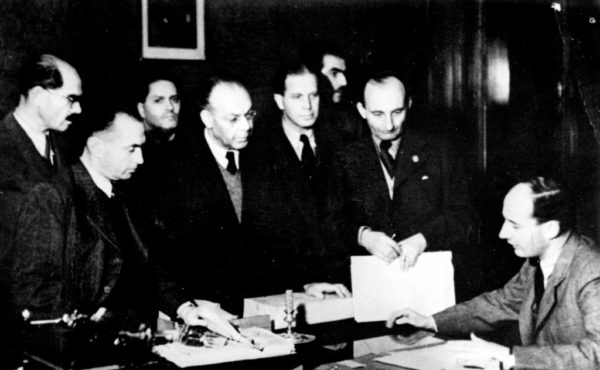
These deportations stopped shortly before Wallenberg took up his post as first secretary of the Swedish legation. By then, 230,000 Jews remained in Hungary, the vast majority living in Budapest. Before Wallenberg’s arrival, Swedish diplomats under the direction of Per Anger had begun to issue special protective passes to Jews who could prove a connection, however tenuous, to Sweden. Once Wallenberg started his rescue operation, the process accelerated.
Wallenberg worked closely with the War Refugee Board, which had been established by the United States in 1944 to save imperilled Jews in Nazi-occupied Europe. By one estimate, Wallenberg saved the lives of upwards of 100,000 Jews. He was a humanitarian of the first order.
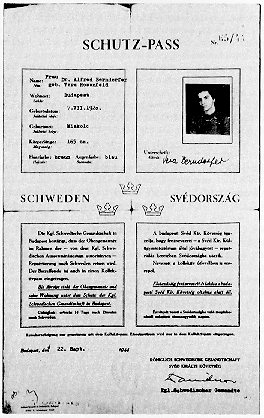
After the war, the Soviet ambassador in Stockholm assured Wallenberg’s mother, Maj von Dardel, that her son was being treated well. Shortly afterward, a Hungarian radio report announced that Wallenberg had been murdered by fascists.
In 1956, the Soviet authorities promised Swedish Prime Minister Tage Erlander to investigate the matter. Ten months later, the Soviets told the Swedes that Wallenberg had died of a heart attack in Moscow’s Lubjanka prison clinic.
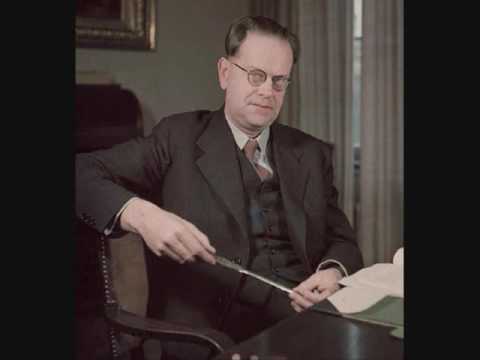
Since then, the Russians have basically stuck to that story, though they’ve admitted he was wrongfully arrested on charges of espionage.
Judging by last week’s disappointing court verdict in Moscow, it’s pretty clear that there is more to this convoluted tale than the Russian government is willing to acknowledge. One can only hope that Russia will adopt a far more cooperative and humane position on the tragic Wallenberg affair, the sooner the better.
